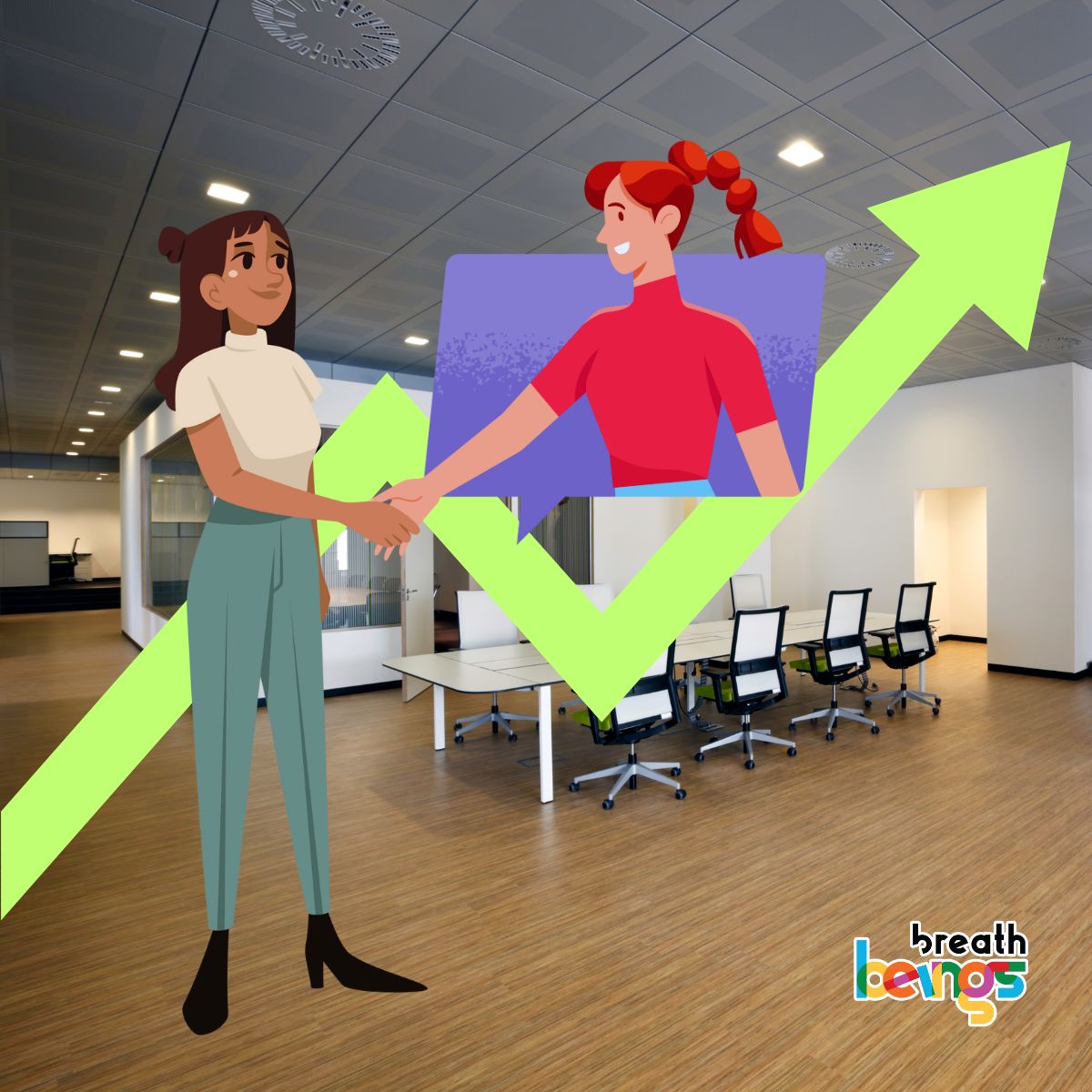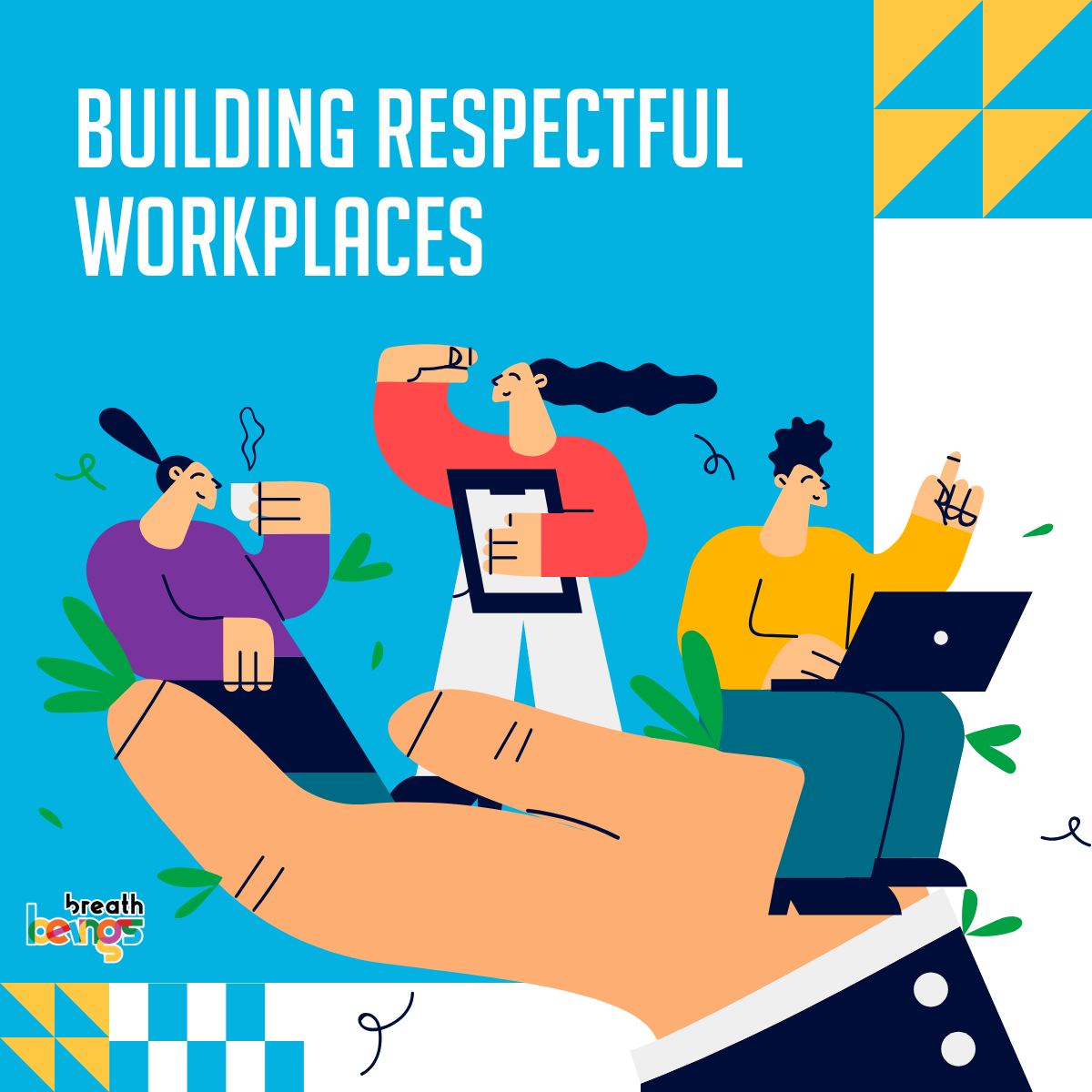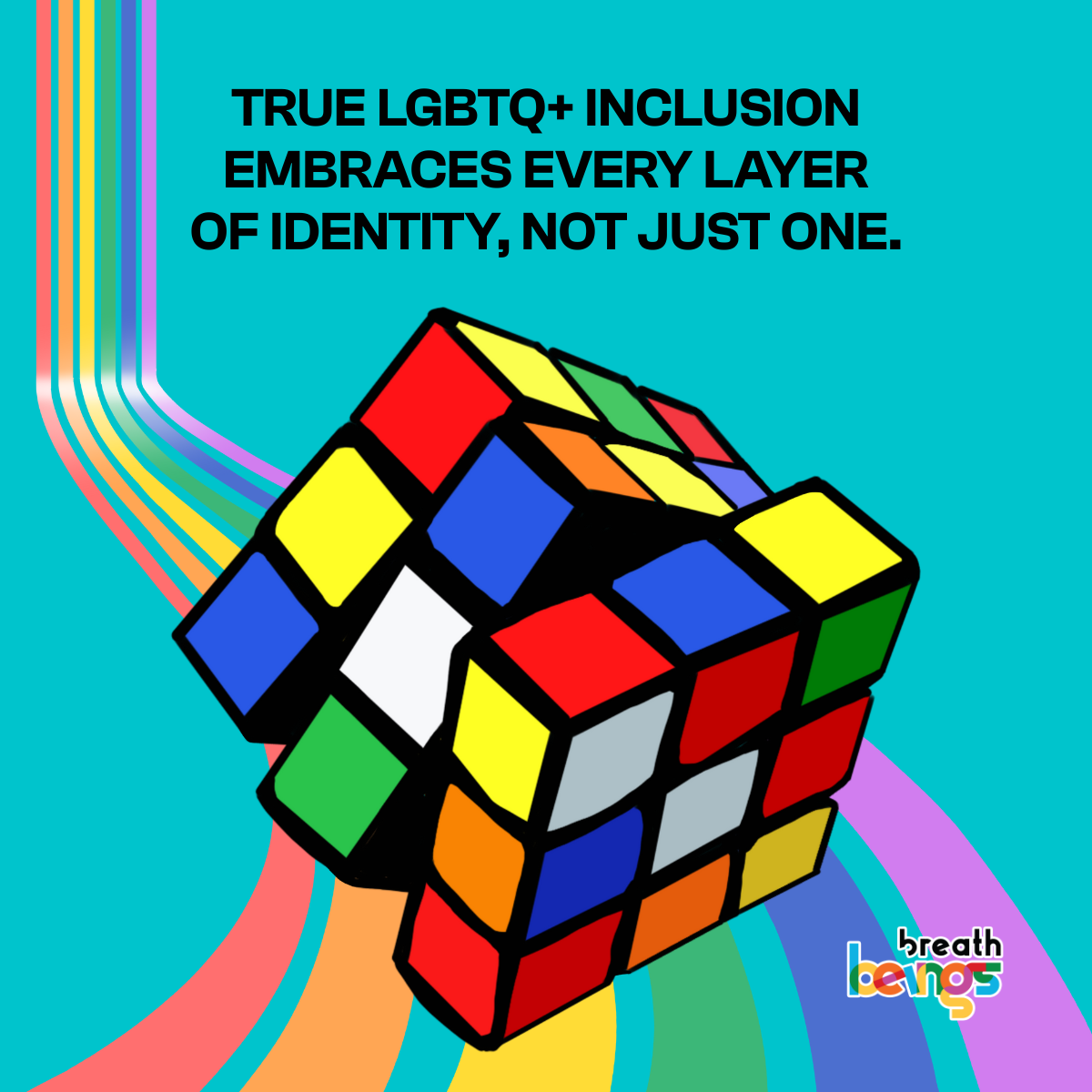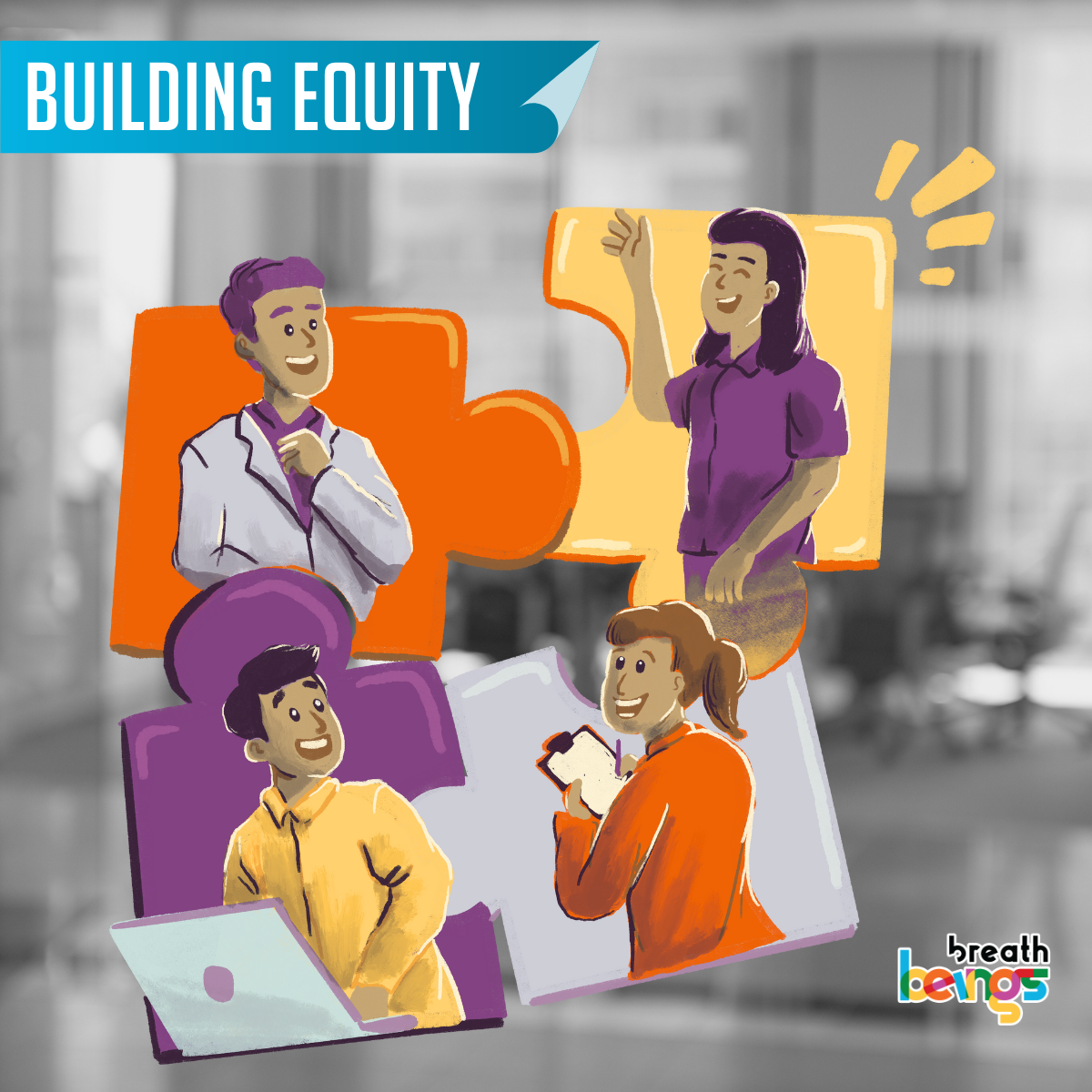When Ursula Burns joined Xerox as a summer intern in 1980, she was just a “poor black woman in a poor black family,” who didn’t think she had many options.
Yet, Burns rapidly rose through the ranks to become the first female Black CEO in corporate America.
What went right?
Two things – mentors and sponsors.
Burns was selected as an executive assistant to Wayland Hicks, a part of the leadership team, for her boldness and forthrightness. He was her first mentor, someone who opened the doors to the higher echelons of business. She went on to become executive assistant to Paul Allaire, the then CEO, from where she rose to being the Senior Vice President with Anne Mulcahy as the CEO.
These 3 figures stand tall in Burns’ life because they weren’t just her mentors. They were also her sponsors.
What's the Difference?
Mentors and sponsors might sound the same but there’s one crucial factor that sets them apart.
Mentors guide, provide advice, and steer you to paths you might not see on your own. Mentors share knowledge and give support.
Sponsors also do the same but they go one step further. They use their position and power to open up high-stakes opportunities, ensure that you are visible, and help showcase your leadership capabilities. In other words, sponsors actively advocate for you.
Sponsorship is also another way of establishing trust and vouching for someone. “I…wanted to give her an early signal that I believed in her and trusted her with a big part of the operation,” says Anne Mulcahy on the process of selecting Burns.
Both mentors and sponsors are critical for success and both are considered the most effective ways to reach your potential. Yet, Gallup notes in a 2023 poll that only 40% of employees have a mentor while only a mere 23% have sponsors.
The Power of Sponsorship
The traditional approach to women’s professional development has centered heavily on mentorship.
Organizations invest in women leadership development program, workshops, and mentoring relationships designed to equip women with necessary tools. These initiatives are valuable, no doubt, but they’re only part of the solution. What’s often missing is the critical element of sponsorship – the active advocacy that transforms potential into opportunity. It’s the step that bridges the gap between women and access to chances for career growth.
The shift from mentorship to sponsorship represents a fundamental evolution in how organizations approach female leadership training.
The Unique Benefits of Sponsorship
Sponsors bring a set of special abilities due to their position and experience. As part of an underrepresented and minority group, women need to lean on their superpowers to jump over the broken rung and climb ahead.
And what are these powers? Here are a few.
Increased Visibility
Undoubtedly, the number one benefit of sponsorship. The workplace continues to be male-dominated and women need everything they can use to become more visible and heard.
Sponsors leverage their influence to ensure women’s achievements are recognized and rewarded, their potential is understood, and their capabilities are given the platform they deserve. Many highly capable women find themselves overlooked for senior roles not because they lack skills, but because their achievements and potential aren’t visible to key decision-makers.
Enabling Women to Make Bold Moves
When sponsors back talented women, they create a safety net that encourages bold career moves. McKinsey says sponsorship from senior leaders can give women the space to take calculated risks, overcoming fears stemming from experiencing deep biases and that their careers would not crumble.

Building a Powerful Network
Through their sponsor’s connections, women gain access to executive roundtables, industry conferences, and closed-door meetings where real decisions are made. These connections often translate into board positions, speaking opportunities, and strategic partnerships that extend beyond their current organization.
Honing Business Acumen
Sponsors involve their protégés in real-time strategic decisions. By including women in high-stakes negotiations and strategic planning sessions, sponsors provide practical exposure to executive-level thinking and decision-making. This hands-on experience develops business judgment in ways that women’s leadership training programs cannot replicate.
Improving Confidence
FastCompany notes that “women with sponsors are 27% more likely than their unsponsored female peers to ask for a raise and 22% more likely to ask for the “stretch assignments” that build their reputations as leaders.”
Sponsors boost confidence in women in ways that perhaps nobody else can. Because they help women overcome their fears, women gain the confidence to speak up. They help women communicate, and voice their needs or ask for help when they need it without feeling embarrassed or ashamed about it.
Building Sponsor Pipelines
Sponsored women are more likely to become sponsors themselves, creating a multiplier effect in organizations. More often than not, women who receive sponsorship actively sponsor other women in their careers. This creates a sustainable cycle of leadership development that continuously enriches the organizational talent pool.
Ursula Burns is doing just that. “Dreams do come true, but not without the help of others, a good education, a strong work ethic, and the courage to lean in,” she says
Embracing the transformative power of sponsorship in women’s leadership development brings untold opportunities. And we’re not speaking just about women.












